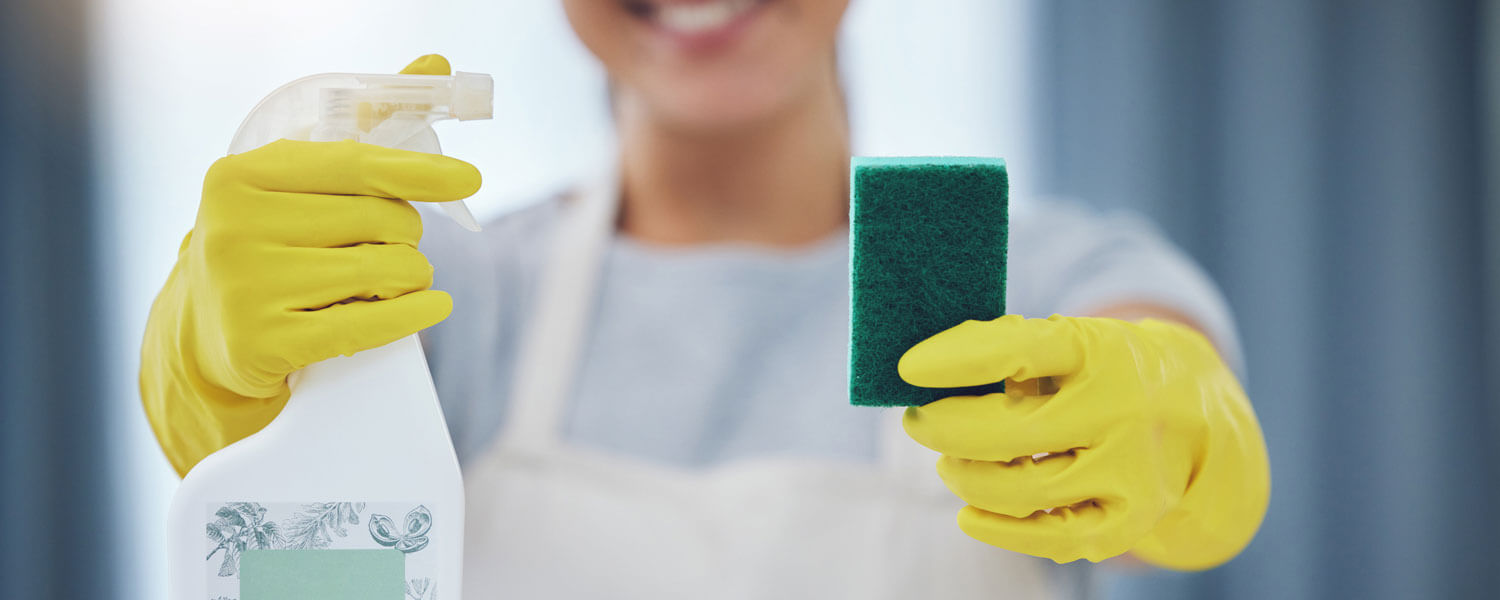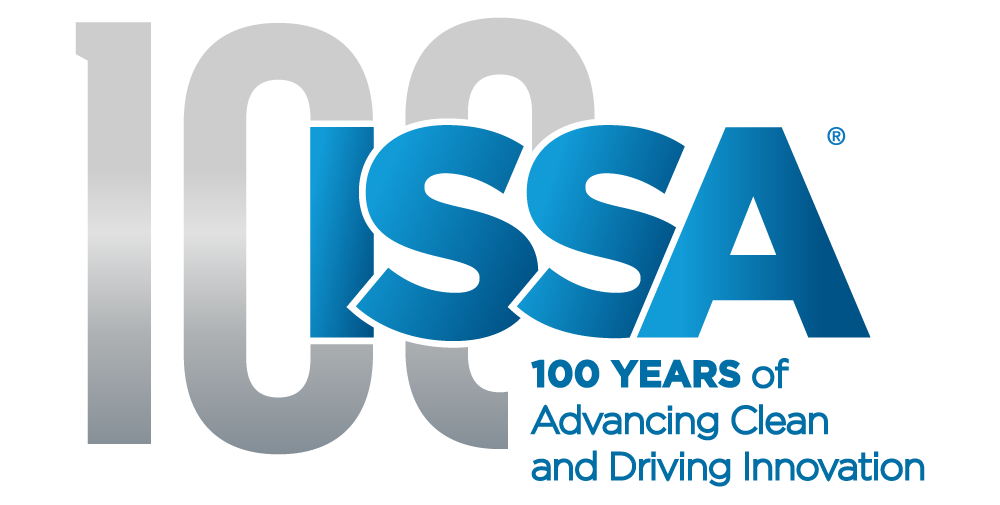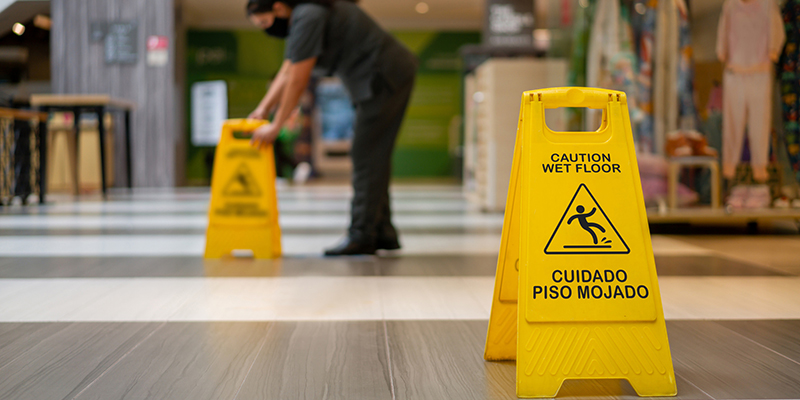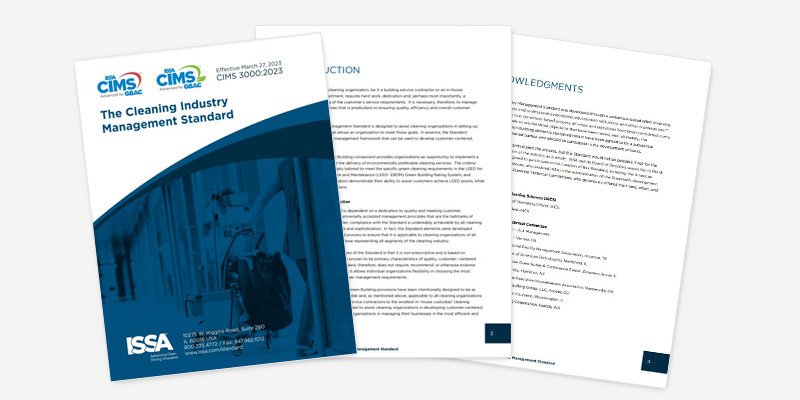What Is a Green Cleaning Certification

What Is a Green Cleaning Certification?
In today’s world, sustainability is increasingly prioritized across industries, and cleaning is no exception. A green cleaning certification is designed to recognize and promote environmentally responsible cleaning practices, ensuring that products and methods meet high standards for environmental impact and health. These certifications guide facilities in adopting practices that minimize ecological harm while creating healthier spaces for occupants. For facilities aiming to standardize their cleaning operations while enhancing sustainability, ISSA’s CIMS Certification offers a comprehensive framework that aligns with green cleaning values. This guide explains what green cleaning certification entails, its benefits, and the standards commonly involved.
Understanding Green Cleaning Certification

A cleaning certification validates that a facility, service, or product adheres to practices that support environmental sustainability and occupant health. The certification process typically includes a thorough evaluation to verify that products, processes, and policies align with sustainable goals. Standards vary by certification program but generally emphasize reducing chemical use, conserving resources, and lowering environmental impact.
- Scope of Certification: Some certifications apply to specific products, like eco-friendly cleaning solutions, while others cover entire facilities or cleaning programs. Certifications that apply to facilities assess all aspects of cleaning, from product selection to waste disposal.
- Certification Standards: To achieve a green cleaning certification, facilities must meet specific environmental criteria, which may include reducing energy and water consumption, using non-toxic products, and implementing waste reduction practices.
Certifications assure clients and occupants that a facility meets rigorous standards, creating a healthier and more sustainable environment.
Key Benefits of Green Cleaning Certification
Obtaining a green cleaning certification provides numerous benefits for facilities, employees, and building occupants. Besides supporting environmental goals, it can improve health, operational efficiency, and public image.
- Healthier Indoor Environment: Certified programs prioritize the use of low-toxicity products, which contribute to better indoor air quality and reduce exposure to harsh chemicals. This benefit is crucial in settings like schools and healthcare centers where occupants are often sensitive to chemical irritants.
- Environmental Protection: By implementing certified products and sustainable practices, facilities can minimize their ecological footprint. Certification encourages the use of biodegradable, non-toxic products that conserve natural resources and reduce pollution.
- Enhanced Reputation: A green cleaning certification demonstrates a facility’s commitment to sustainability, which can improve its reputation among clients, employees, and the broader public. Many organizations value certifications like these as they align with corporate social responsibility objectives.
These advantages make cleaning certification a valuable step for facilities aiming to improve sustainability and health standards.
Standards and Criteria for Certification
Green cleaning certification standards set out specific criteria for achieving sustainable and effective cleaning practices. While each certification program may have unique requirements, they often share core principles centered on eco-friendly and health-conscious practices.
- Eco-Friendly Products: Many certification programs require the use of cleaning solutions that meet environmental standards, such as EPA or Green Seal-certified products. These are designed to minimize toxicity, degrade naturally, and lessen environmental impact.
- Resource Conservation: Facilities seeking certification may need to adopt practices that conserve resources, such as energy and water. This might involve using energy-efficient equipment or scheduling cleaning tasks to reduce electricity consumption.
- Staff Training and Education: A commitment to cleaning includes training staff in sustainable practices. Proper training ensures that cleaning methods are carried out safely and effectively, with an emphasis on environmental responsibility.
By adhering to these standards, certified facilities demonstrate their commitment to reducing their environmental footprint and creating healthier spaces for occupants.
How to Achieve a Green Cleaning Certification
The certification process involves assessing current practices, making necessary adjustments, and documenting compliance with sustainable standards. Certification providers often guide facilities through this process, which may include audits to verify adherence to green standards.
- Assessing Current Practices: Facilities typically start by reviewing existing cleaning methods, products, and waste management practices. This step identifies areas for improvement and helps facilities understand what is needed to meet certification standards.
- Implementing Changes: Based on the certification’s guidelines, facilities may switch to eco-friendly products, reduce waste, or train staff in sustainable cleaning methods.
- Certification and Ongoing Audits: Once the standards are met, the facility can apply for certification. Some programs require regular audits to ensure ongoing compliance, encouraging facilities to maintain high standards over time.
Achieving certification is a structured process that not only improves sustainability but also enhances the facility’s environmental practices and credibility.
Conclusion
Selecting the right certification program allows facilities to address their particular goals and maximize the benefits of sustainable cleaning practices. Contact us to learn more!
















